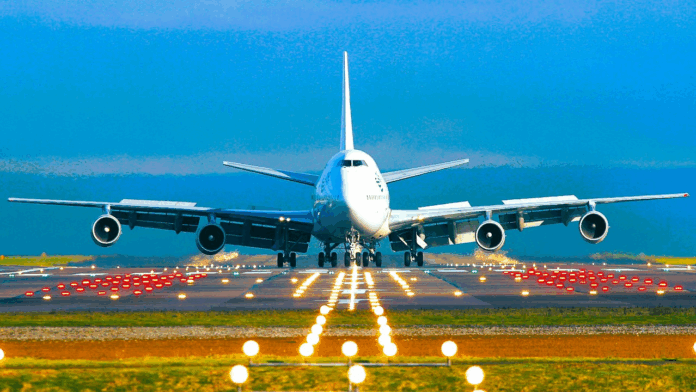Once a symbol of ambition and innovation, Pakistan’s aviation sector now faces a turbulent descent shaped by years of neglect and mismanagement.
With a population exceeding 240 million, Pakistan has fewer than 40 operational passenger aircraft and only three major airports capable of handling modern airliners. Recruitment across the aviation sector – from administrative staff to pilots- is widely perceived to be driven by influence and nepotism, with merit often overlooked. Many pilots come from affluent backgrounds, entering the industry on their terms and forming an exclusive, insular segment of the workforce.
Lack of Oversight and Decline of PIA
There is no functioning aviation ministry, nor an empowered, independent regulatory authority to oversee operations, enforce safety, or uphold standards. Pakistan International Airlines (PIA), the national carrier and once a source of immense pride, is now a shadow of its former self. Founded alongside the country itself, PIA was once a pioneer, mentoring airlines such as Malaysia Airlines, Emirates, and Singapore Airlines, which now rank among the world’s best. I, too, began my career with PIA, where I first took flight.
The Golden Era
Until the 1990s, air travel in Pakistan remained a luxury, primarily for officials and the affluent. Flying abroad was considered a milestone achievement. Most airlines were state-owned and carried a sense of prestige. They were true flag carriers, proudly representing their nations.
During the 1960s to 1980s (PIA’s golden era), the airline was admired and trusted across continents. Despite the lack of in-flight entertainment, passengers found joy in the sheer experience of soaring above the clouds at 35000 feet.
Technological Revolution and PIA’s Decline
After the 1990s, technological advancements transformed aviation—aircraft became faster, safer, and more comfortable, with sophisticated entertainment systems. Only those airlines with visionary leadership adapted and thrived. As global demand for air travel surged, new competitors emerged, offering modern fleets, enhanced passenger experiences, and expansive route networks.
Meanwhile, PIA succumbed to overstaffing, mismanagement, and persistent political interference. The airline became mired in inefficiency and debt. A recent report reveals that PIA employs about 7,000 staff for just 16 operational aircraft, i.e. around 600 employees per plane. In contrast, leading global carriers operate with fewer than 120 employees per aircraft. As of 2025, PIA’s accumulated debt exceeds PKR 800 billion, making it an unsustainable burden on the national budget. The government, eager to offload this liability, has placed the airline up for full sale, open to any bidder.
This is the tragic tale of what was once Pakistan’s aviation icon.
Air Punjab: A Quest for Luxury on a Shoestring
In an ambitious yet questionable move, the Chief Minister of Punjab has instructed her ministers to procure four Airbus aircraft and launch Air Punjab within a year. However, the plan lacks long-term vision and financial viability. Like PIA, Air Punjab is likely to face collapse due to debt and mismanagement.
The provincial government hopes the federal government will divest PIA in the meantime and plans to finance this new venture through external loans from the IMF and other international lenders. Failure to meet repayment obligations could lead to aircraft repossession and the airline’s dissolution.
This cycle reflects a broader malaise—a pattern of hasty decisions, lack of oversight, and poor governance across Pakistan’s aviation sector.
State of Aviation as of April 2025
- Airblue: 10 aircraft operational
- Air Sial: 5 aircraft operational
- PIA: 16 of 32 aircraft operational
- Serene Air: 2 aircraft operational
A National Concern
Pakistan’s national debt has now exceeded PKR 76 trillion, with an urgent obligation to repay $30 billion to foreign lenders. The aviation sector, once a symbol of national connectivity and prestige, is now in a state of collapse, undone by systemic neglect and institutional failure.
In conclusion, aviation is not merely about aircraft and airports; it represents national progress and global integration. While many countries have used aviation to boost tourism, trade, and diplomatic influence, Pakistan’s aviation landscape today stands as a cautionary tale of decline and disengagement.




